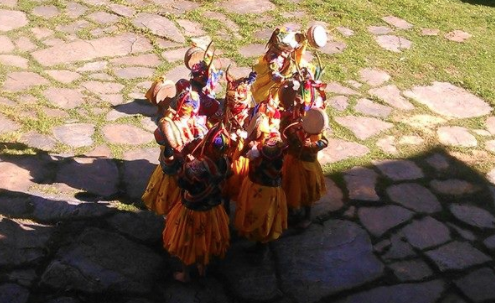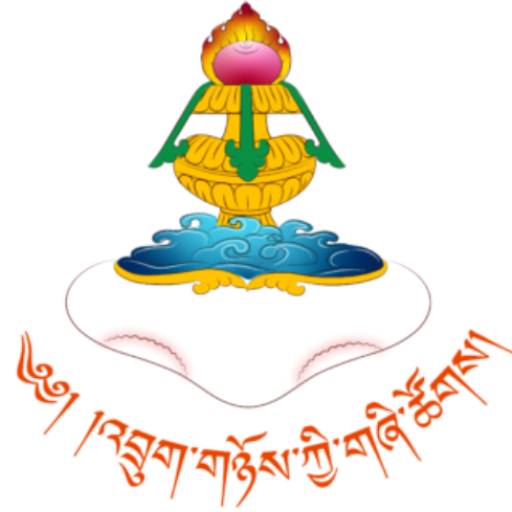 Sumtrhang monastery’s annual Kangsöl, a religious event used to exhibit an age-old sacred and unique mask dance dances of Bhutan, which are exclusive to Sumtrhang that predates most of the mask dances in Bhutan. Available written sources suggest the mask dances of Sumtrhang were already in performance when Pema Lingpa was visiting Sumtrhang in the 15th century. This suggests that the mask dances of Sumtrhang are one of the oldest if not the first in the country.
Sumtrhang monastery’s annual Kangsöl, a religious event used to exhibit an age-old sacred and unique mask dance dances of Bhutan, which are exclusive to Sumtrhang that predates most of the mask dances in Bhutan. Available written sources suggest the mask dances of Sumtrhang were already in performance when Pema Lingpa was visiting Sumtrhang in the 15th century. This suggests that the mask dances of Sumtrhang are one of the oldest if not the first in the country.
This is the reason why Sumtrhang monastery, is an important establishment not only for the Sumtrhang community and its vicinity as a center for culture and tradition but also for Bhutan as it remains to be a cultural asset of the country. But the unique and rich cultural practices of Sumtrhang known as the Kangsöl, where these unique centuries-old mask dances are performed has been passing through a bad times having left without a proper practice since 1999.
If these cultural and traditional practices of Kangsöl are not revived at this juncture, the ancient dances of Sumtrhang and cultural practices of Kangsöl face the risk of loss from the cultural world. The only living person who could leave the knowledge and practices of the Kangsöl and its mask dances is the current incumbent of Sumtrhang monastery who is in his late 70s. It’s this pressing uncertainty that demands an urgent call for the restoration of Sumtrhang’s culture and tradition of its annual practices and the monastic school at the earliest.
 The Kangsöl was last performed in its old glory in 1999 and since then, it has never been able to bring back to its former glory. The current incumbent overburdened with his efforts in renovating the old monastic temple structure, which was falling apart, could give little time in the revival of the tradition and culture as the structural renovation is the first thing he needed to restore.
The Kangsöl was last performed in its old glory in 1999 and since then, it has never been able to bring back to its former glory. The current incumbent overburdened with his efforts in renovating the old monastic temple structure, which was falling apart, could give little time in the revival of the tradition and culture as the structural renovation is the first thing he needed to restore.
In 2015 with help of generous financial help from the MHPA and the Core of Culture USA, the choreographic steps of some of the mask dances were thought to some local men, but since the sustainability of the monastic tradition and the continued practice of annual events and the mask dances is the key to this revival project, the monastery has no choice but needed its own monastic community, the monastic practitioners to upkeep this traditional culture, and continued knowledge transmission. Therefore with the choreographic documentation revival of the monastic school remains fundamental to the revival of these ancient mask dances.
